Marilyn Latta
Berkeley
Thursday, September 19, 2019
6:30 p.m. refreshments, 7 p.m. program
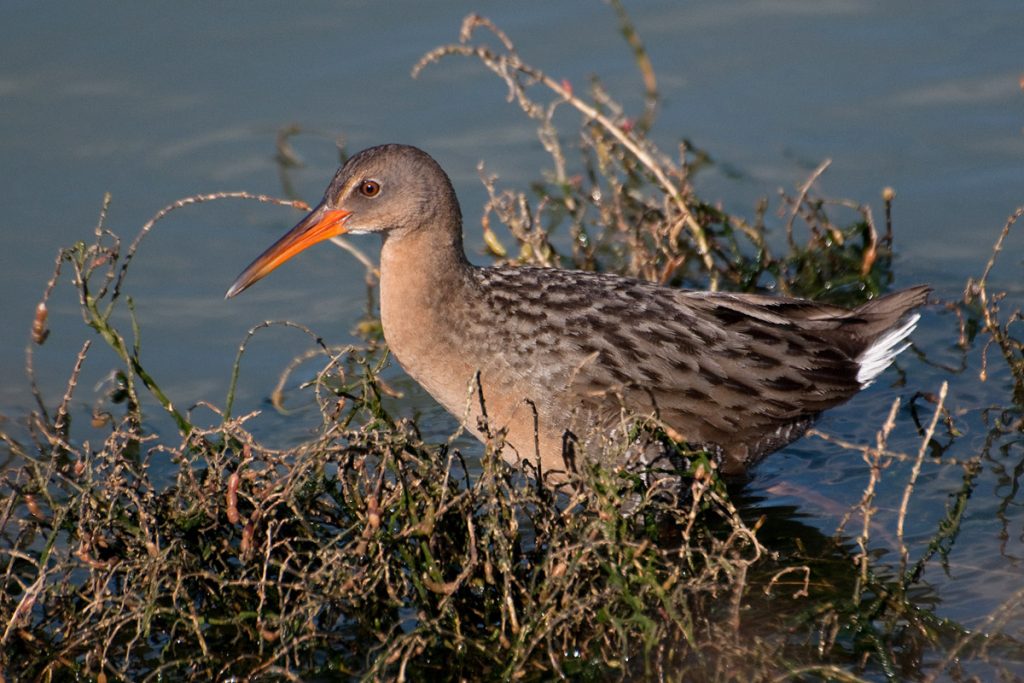
The San Francisco Estuary Invasive Spartina Project is led by the CA State Coastal Conservancy and the US Fish and Wildlife Service, in partnership with more than 150 landowners and resource agencies in all nine counties of the SF Bay Area. The overarching goal is to eradicate invasive Spartina in order to enhance ecosystem functions and overall ecosystem health for the benefit of many other native tidal salt marsh dependent fish, migratory birds, wildlife. The project is a critical phase of a major landscape-scale tidal wetlands restoration effort in San Francisco Bay, a collaborative effort by the Coastal Conservancy, San Francisco Bay National Wildlife Refuge Complex, California Department of Fish and Wildlife, San Francisco Bay Joint Venture, East Bay Regional Park District, and dozens of other partners to restore tidal wetlands over the past several decades. Monitoring and treating invasive Spartina is a key step in protecting native coastal wetland habitat for CA Ridgway’s Rail, salt marsh harvest mice, shorebirds and waterfowl, and many other native species in the bay. The Project has conducted treatment of four species of invasive Spartina since 2005, and has achieved a 95% reduction in invasive Spartina over the 70,000 acres of tidal wetland and mudflat habitats in the Estuary. This is accomplished by mapping and treating invasive Spartina across 11 regions bay-wide, propagating and planting 450,000 native plants, and constructing restoration enhancements including 61 high tide refuge islands to date. This presentation will cover the planning and approach to eradicating Spartina while protecting CA Ridgway’s Rail and other native species. Marilyn Latta is a Project Manager at the California State Coastal Conservancy, managing the SF Estuary Invasive Spartina Project, SF Bay Living Shorelines Project, SF Bay Creosote Removal Projects, and additional regional projects and collaborative planning efforts in San Francisco Bay and statewide. She studied Marine Biology/Zoology at Humboldt State University, and prior to joining the Conservancy she worked for a variety of non-profit organizations to educate and involve the public in the protection and restoration of ocean and estuarine resources. Marilyn manages the large network of local, state, and federal partners engaged in invasive Spartina treatment in San Francisco Bay. …
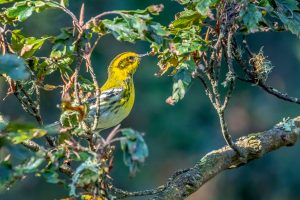 Townsend’s Warbler by Bob Gunderson
Townsend’s Warbler by Bob Gunderson

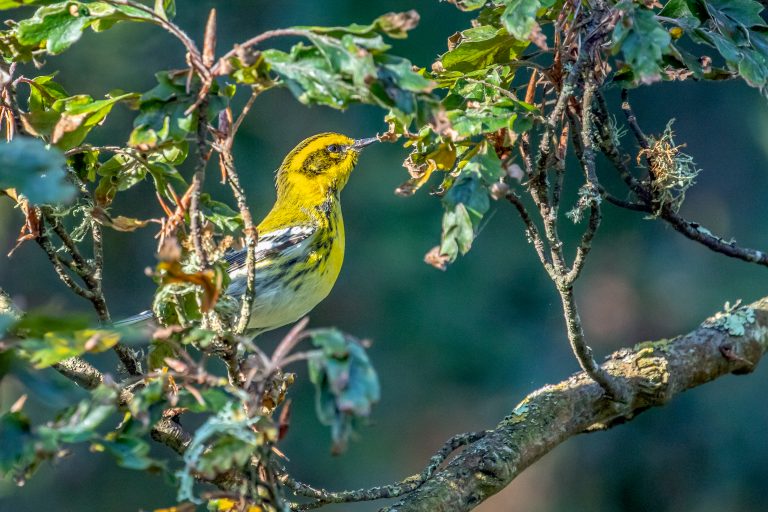
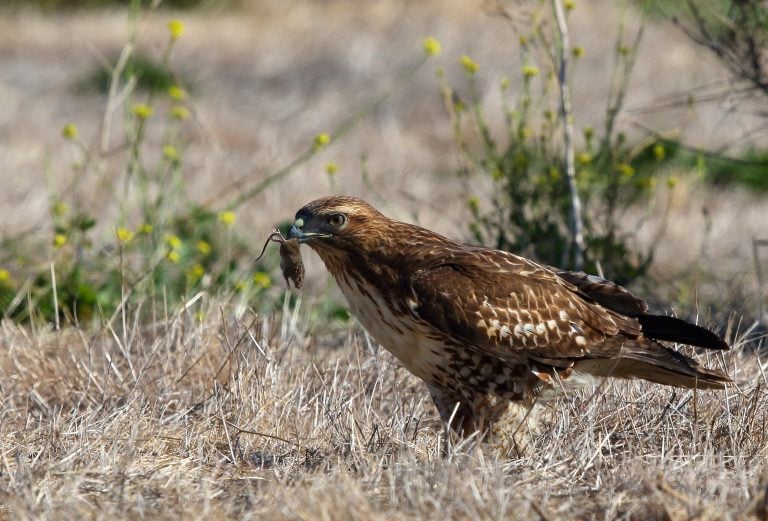
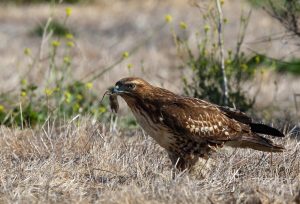 Red-tailed Hawk with rodent, by Rick Lewis
Red-tailed Hawk with rodent, by Rick Lewis
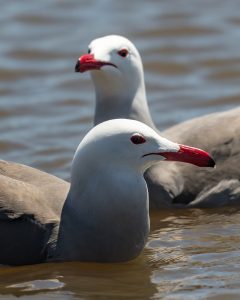 Heermann’s Gull pair bonding at Roberts Lake, by Byron Chin
Heermann’s Gull pair bonding at Roberts Lake, by Byron Chin

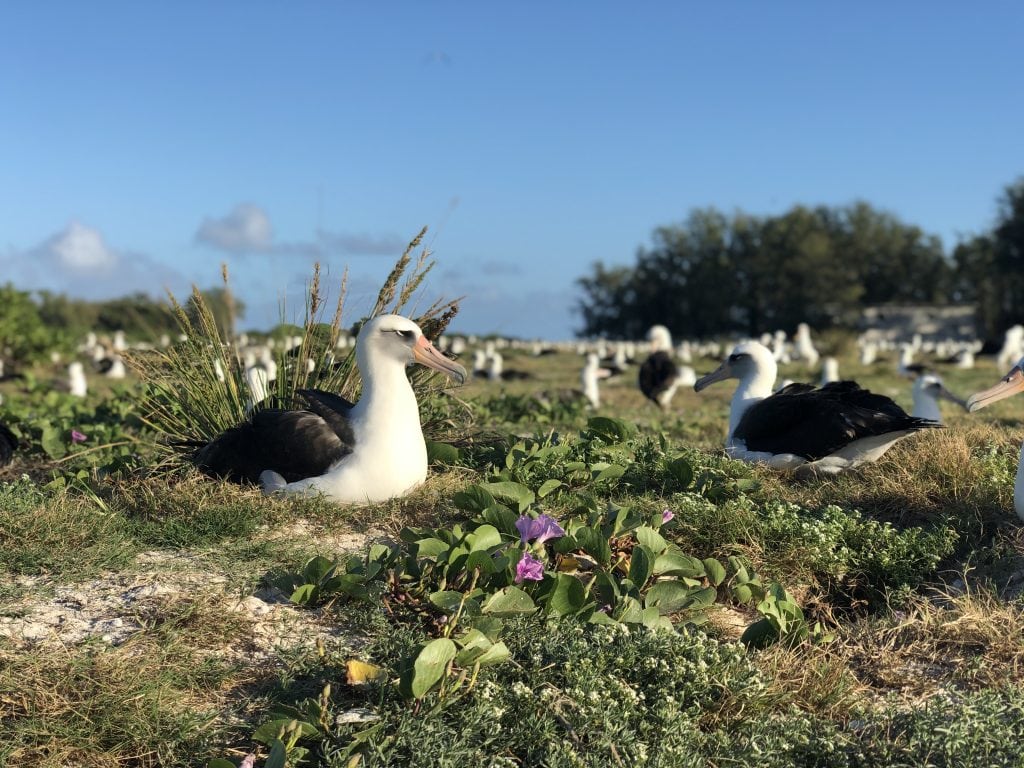 Photo by JD Bergeron
Photo by JD Bergeron